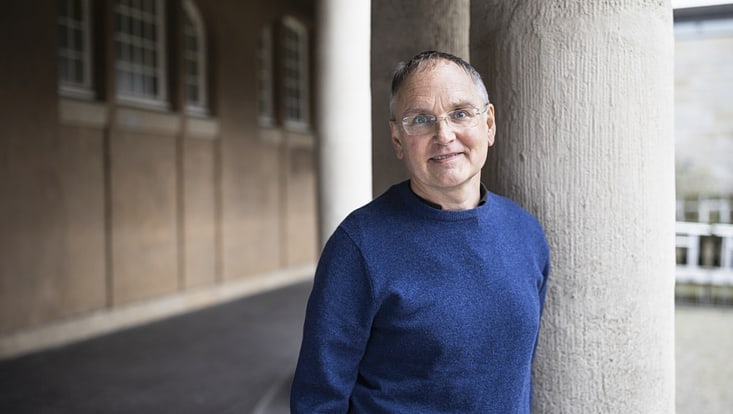Loki Schmidt GardenHow Botanists Help Identify Origins of Victims of the Slave Trade
28 January 2025, by Newsroom editorial office
From the sixteenth to the nineteenth century, more than 12.5 million Africans were trafficked to the New World as part of the transatlantic slave trade. Where the enslaved people came from and what transportion they had to endure in Africa is still largely unknown. In an international project, members of the University of Hamburg have helped identify the areas of origin of people buried in slave cemeteries by comparing plant samples with samples from excavations.
Historical documents prove that at least 36,079 ships transported African captives across the Atlantic. A large international and interdisciplinary team led by anthropology professor Vicky Oelze from the University of California at Santa Cruz, USA, recently examined the remains of people from the African Burial Ground in Charleston, South Carolina, USA, and the Slave Cemitério dos Pretos Novos in Rio de Janeiro, Brazil, thereby helping to posthumously restore part of the identity of the dead.
Strontium isotope analysis
Dr. Thea Lautenschläger, academic director of the Loki-Schmidt-Garden, the University’s botanical garden, as well as Dr. Manfred Finckh, and Dr. Paulina Meller from the Institute of Plant Science and Microbiology at the University of Hamburg were involved in the investigation. The journal Nature Communications reported on this.
Geographic roots could be traced by analyzing strontium (Sr) isotopes. Four different isotopes of strontium occur naturally, i.e., different atomic types of the same chemical element, that differ in their mass number. Strontium isotope 87Sr / 86Sr ratios in plants reflect the characteristic strontium signatures in soils and therefore in the underlying geological substrates on which they grow. Humans and animals absorb these through their food so their tissues reflect the strontium isotope ratios of the area in which they grew up.
Among the regions of origin traced were the Angolan Highlands.
The international researchers involved in the project were able to publish the first map of strontium isotope ratios across Africa. The University team contributed plant samples from different subregions of Angola, a center of the historical slave trade, for creating this map. As part of their research, they collected several thousand plants from many regions of Angola for the botanical herbaria in Angola and duplicates for the Herbarium Hamburgense and the Herbarium Dresdense. To create strontium maps, they blended the collection point coordinates with a geological map of Angola in order to select samples that largely covered the country.
Small quantities of the samples selected in the herbaria were sent to UC Santa Cruz for mass spectrometric analysis. Maps of Sr isotope ratios can help to identify the origins of biological finds, for example, from archaeological sites such as slave cemeteries. Strontium ratios from bones or teeth, for example, can be used for comparisons. Based on the newly developed strontium isotope map, the published results indicate the Angolan highlands as a probable region of origin for several individuals buried at the African Burial Ground in Charleston and the Slave Cemitério dos Pretos Novos in Rio de Janeiro.
“Great potential for modern interdisciplinary research questions”
Ecologists Dr. Thea Lautenschläger, Dr. Manfred Finckh, and Dr. Paulina Meller have been researching the vegetation of Angola for a long time within several German-African cooperation projects. “It is quite moving to be part of an interdisciplinary study that helps restore the origins of people displaced from our study’s areas in past centuries,” says vegetation expert Manfred Finckh. “But this also shows that findings from vegetation ecology field research and the botanical collections at the University of Hamburg hold great potential for answering modern interdisciplinary research questions.”
The new map will also help trace long-distance animal migration more precisely, investigate the ecology of extinct species, or establish the origins of African refugees who drowned in the Mediterranean, say the authors of the study.




